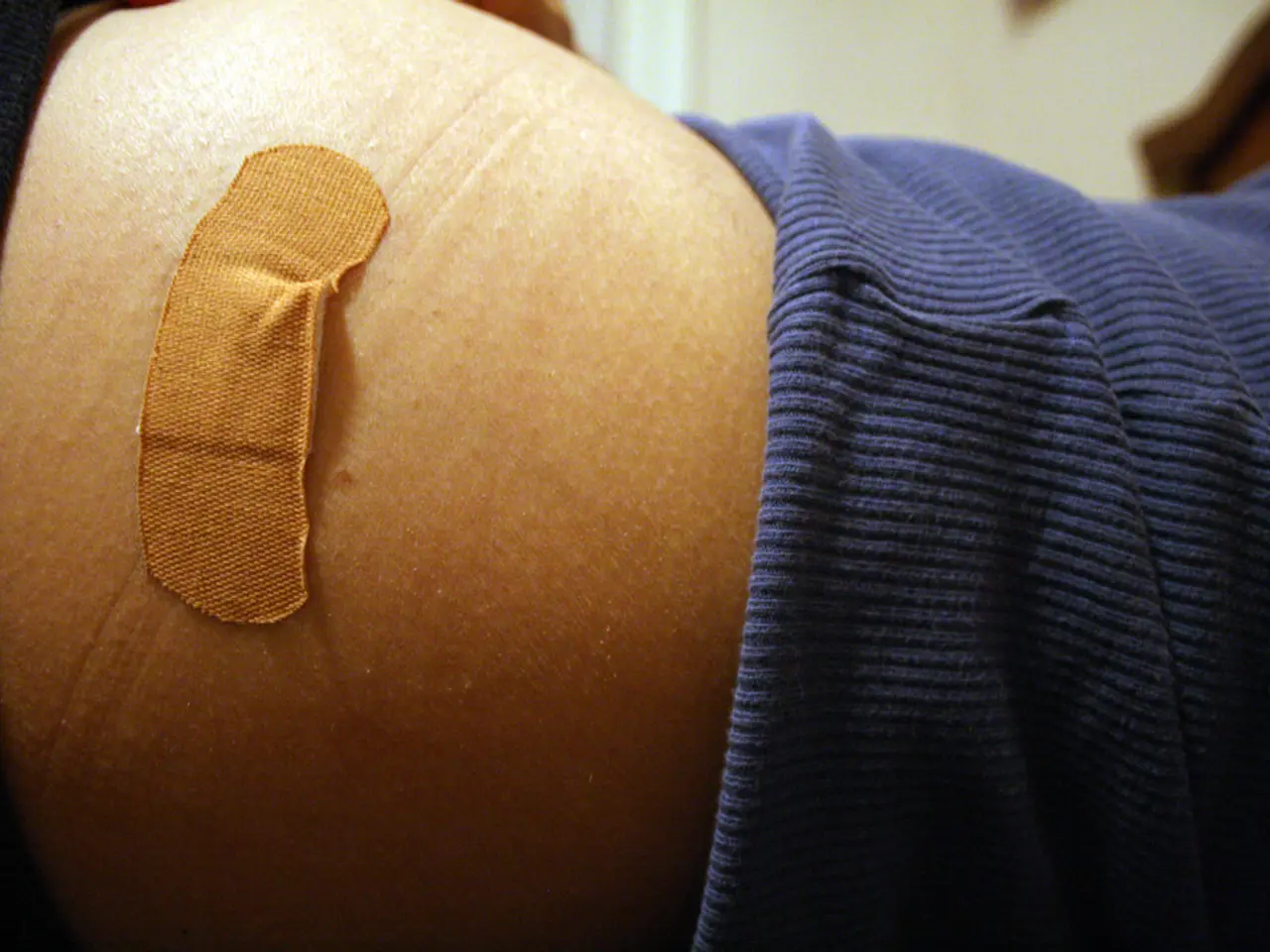Extragonadal Germ Cell Tumors: Cancerous growths of germ cells outside the gonads, commonly found in the chest, abdomen, and brain.
**Common Locations and Treatments for Extragonadal Germ Cell Tumors**
Extragonadal germ cell tumors (EGCTs) are a rare type of cancer that originates from germ cells, which produce sperm and eggs, outside the gonads. These tumors are often found in midline locations of the body and can affect young adults, particularly those between the ages of 15 and 35.
The most common sites for EGCTs are the mediastinum, central nervous system (CNS), and retroperitoneum. Mediastinal germ cell tumors, which can include seminomas and non-seminomatous types, are most commonly found in the anterior mediastinum. Intracranial germinomas, a type of EGCT, typically occur in the pineal region or along the floor of the third ventricle/suprasellar region. Tumors can also occur in the abdominal retroperitoneal space.
Treatment for EGCTs often involves a multidisciplinary approach, including surgery, chemotherapy, and radiation therapy. Surgical resection is typically used to remove the tumor, especially in cases where chemotherapy is not sufficient or when residual masses are present. Chemotherapy is a crucial component of treatment, especially for non-seminomatous tumors or advanced disease, with regimens like BEP and VIP commonly used. Radiation therapy may be used in specific cases, such as for CNS germinomas, where it is highly effective due to the tumor's radiosensitivity.
Diagnosing EGCTs involves a clinical evaluation, imaging studies, biopsy, histopathological examination, blood tests, and monitoring tumor markers like α-fetoprotein and β-human chorionic gonadotropin. Certain genetic syndromes, such as Klinefelter syndrome and Germ Cell Tumor Syndrome, increase the risk of developing EGCTs. Lifestyle factors, such as smoking and obesity, could also play a role in the development of these tumors.
EGCTs can be classified into several types: seminomas, non-seminomatous tumors, and mixed germ cell tumors. Seminomas are generally more responsive to treatment and have a better prognosis. Non-seminomatous tumors include embryonal carcinoma, yolk sac tumor, and teratoma, and they tend to be more aggressive. Mixed germ cell tumors contain a combination of seminomatous and non-seminomatous components.
The prognosis for individuals diagnosed with extragonadal germ cell tumors can vary significantly based on several factors, such as tumor type, stage at diagnosis, and response to treatment. Regular follow-up and monitoring are essential after treatment to monitor for recurrence and manage long-term side effects. Previous germ cell tumors in the gonads increase the risk of developing extragonadal germ cell tumors, and individuals with a family history of germ cell tumors may also be at a higher risk.
Environmental factors, such as radiation exposure and specific chemicals, may contribute to the development of EGCTs. It is important to note that while lifestyle factors may play a role, further research is needed to fully understand the causes of EGCTs.
References:
[1] Chang, A. W., & Yee, D. S. (2017). Extragonadal germ cell tumors: current concepts in diagnosis and management. Cancer, 123(17), 3101-3112.
[2] Mertens, F., & van Oosterom, A. T. (2015). Extragonadal germ cell tumours: current treatment concepts and future perspectives. Anticancer Research, 35(8), 4695-4701.
[3] Hattangadi, S. R., & Khatri, P. (2017). Extragonadal germ cell tumors of the central nervous system: a review. Journal of Neuro-Oncology, 134(2), 261-270.
[4] Gross, T. G., & Krause, D. H. (2015). The mediastinum: an unusual site for germ cell tumors. American Journal of Clinical Oncology, 38(3), 218-224.
[5] Khoo, R., & Liu, Y. (2017). Extragonadal germ cell tumors of the retroperitoneum: a review. European Journal of Cancer, 74, 21-31.
Science plays a crucial role in understanding medical-conditions such as extragonadal germ cell tumors (EGCTs), a type of cancer that can affect health-and-wellness. Treatment for EGCTs often consists of a multidisciplinary approach that includes surgery, chemotherapy, and radiation therapy, with the choice of treatment varying based on factors like tumor type and location in the body. For instance, intracranial germinomas, a type of EGCT, may require radiation therapy due to their radiosensitivity.




